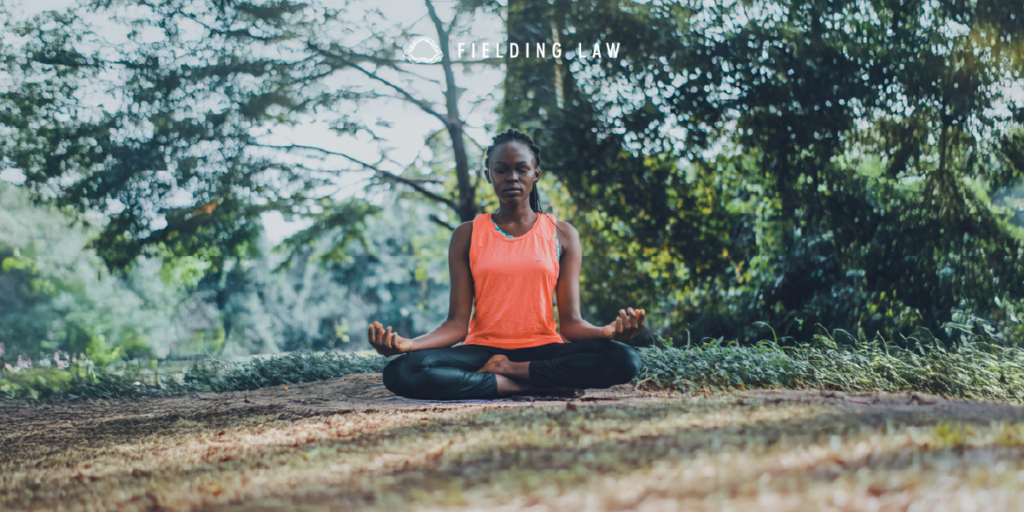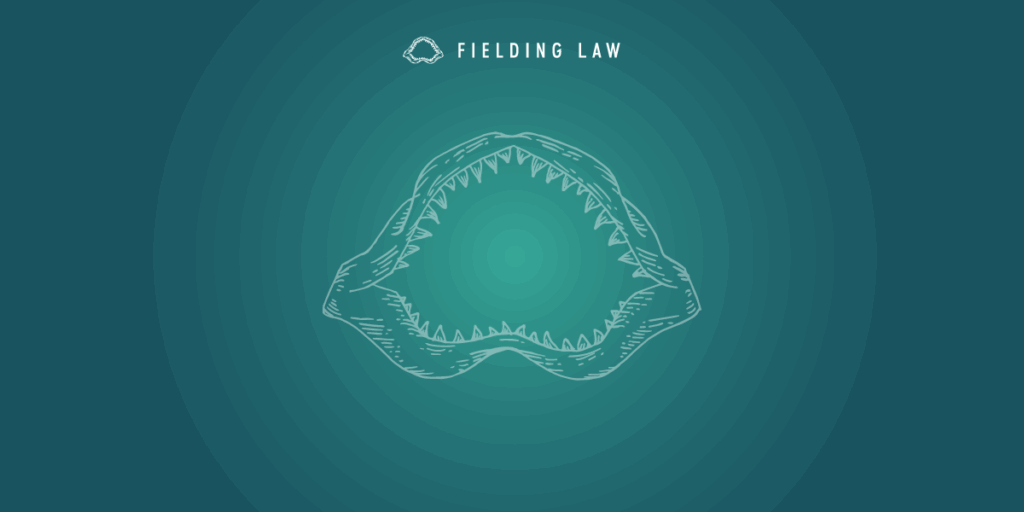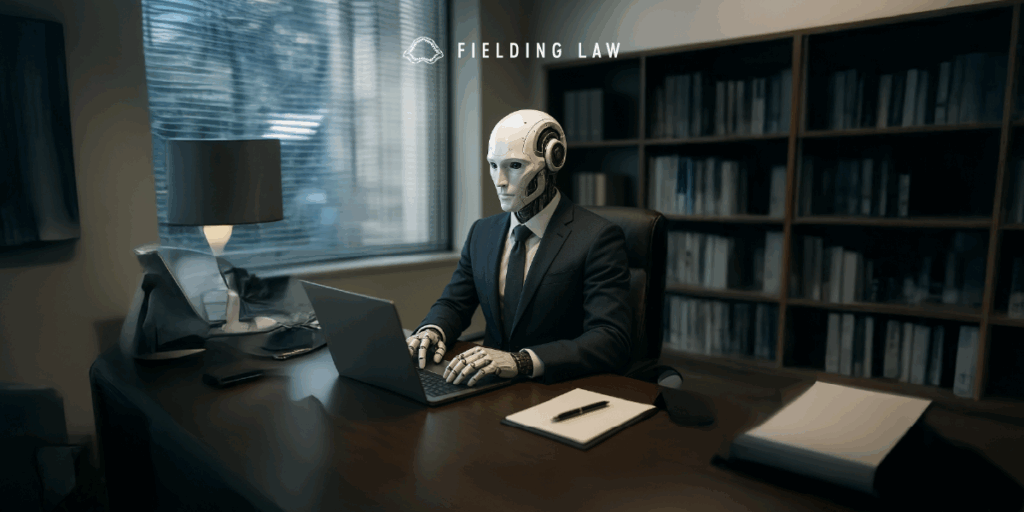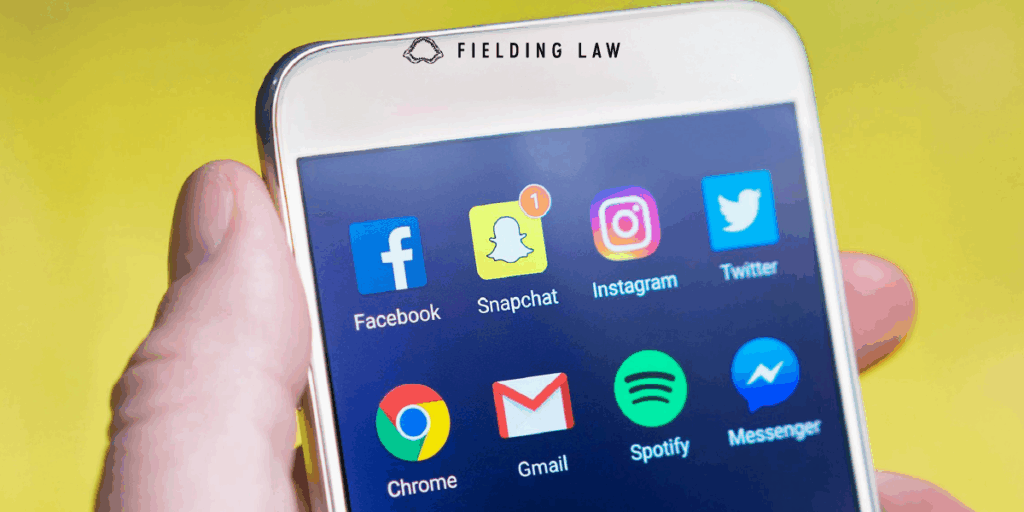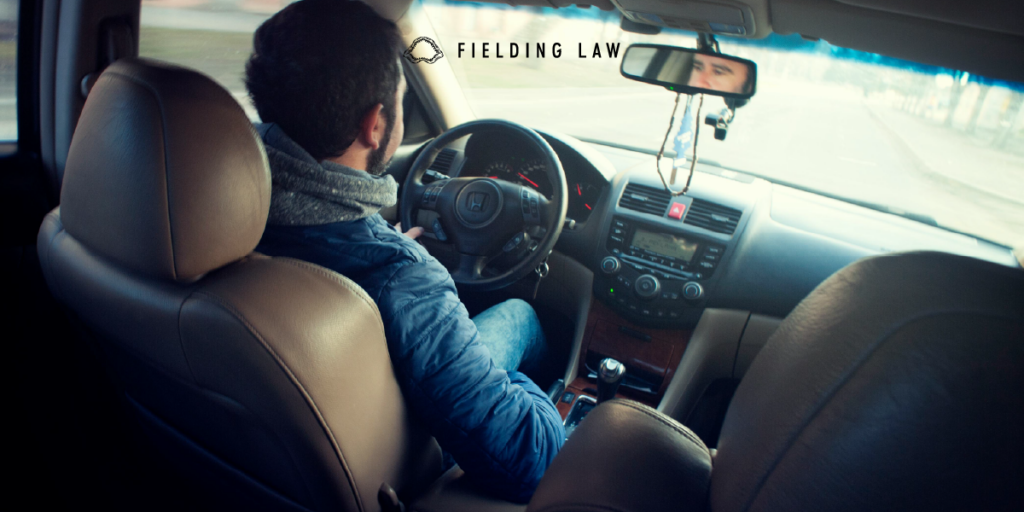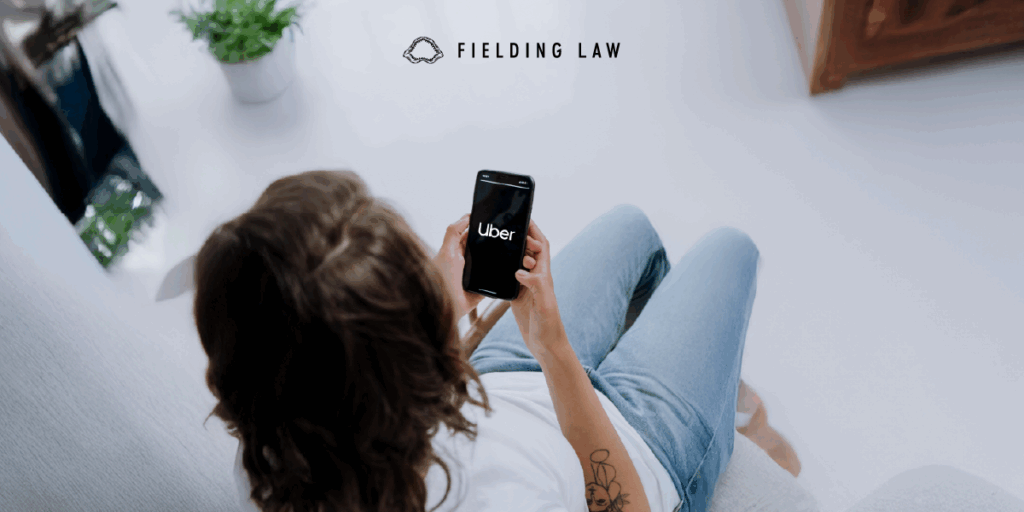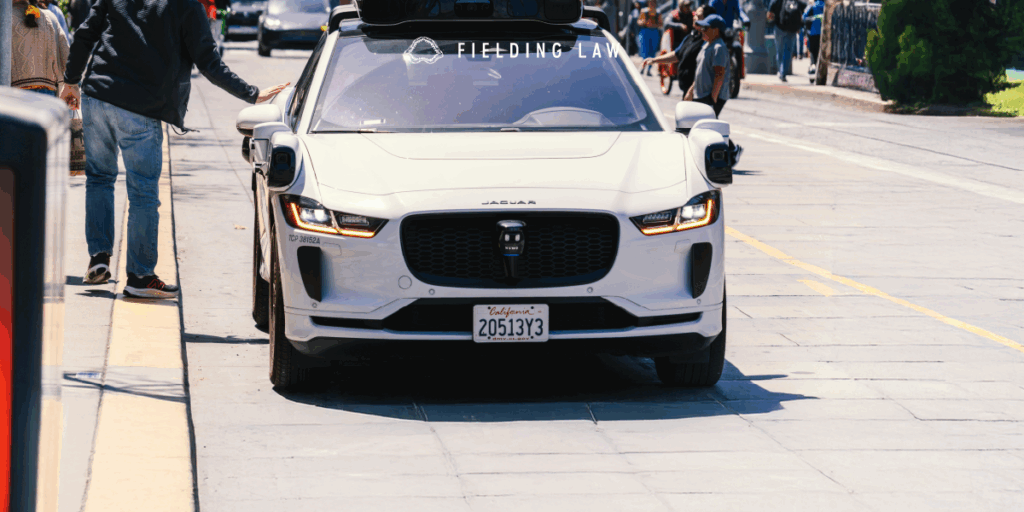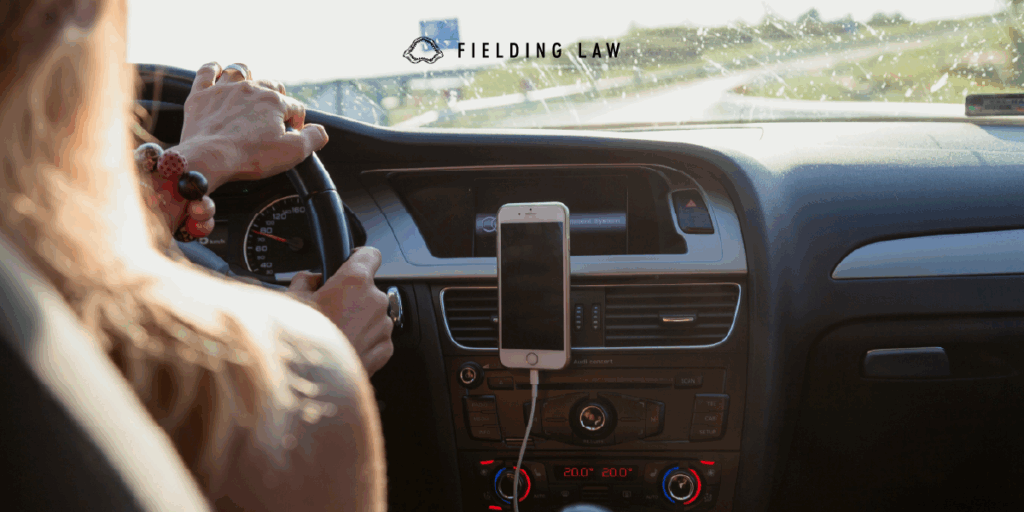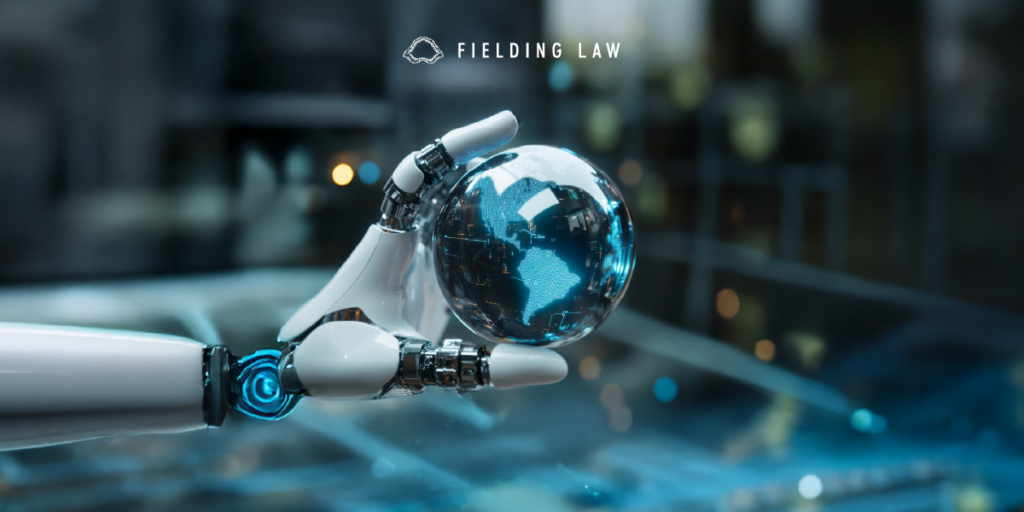
Thanksgiving is a holiday filled with family, food, and travel. Unfortunately, it is also one of the most dangerous times of year for accidents and injuries. From crowded roads to busy kitchens, the risks increase dramatically during this season. Understanding the most common Thanksgiving injuries can help you and your family enjoy the holiday safely.
Car Accidents During Thanksgiving Travel
Thanksgiving weekend is one of the busiest travel periods of the year. The National Safety Council estimates that more than 500 people die in crashes during the holiday period each year. With more drivers on the road, long distances, and impaired driving, the chance of a serious collision rises sharply.
Safety Tip: Buckle up, avoid distractions, and never drive under the influence. Planning ahead can reduce your risk of becoming another Thanksgiving travel statistic.
Alcohol-Related Crashes
Thanksgiving Eve, often called “Drinksgiving,” is known as one of the biggest drinking nights of the year. In 2022, about 35 percent of drivers in fatal crashes on Thanksgiving Eve were impaired (NHTSA). These accidents devastate families and often leave victims facing long recoveries.
Safety Tip: Arrange for a designated driver, rideshare, or overnight stay if alcohol will be part of your holiday gathering.
Cooking Fires and Burn Injuries
The kitchen is the heart of Thanksgiving, but it is also a common source of accidents. According to the National Fire Protection Association, Thanksgiving is the leading day of the year for home cooking fires. In 2022, firefighters responded to about 1,610 cooking fires on Thanksgiving Day, nearly four times the daily average. Burns, scalds, and smoke inhalation are among the most common Thanksgiving injuries (NFPA).
Safety Tip: Never leave cooking food unattended, keep flammable items away from stoves, and use caution with turkey fryers.
Slips, Trips, and Falls
Crowded homes, spilled drinks, and cluttered walkways all increase the risk of slips and falls. These accidents can cause broken bones, sprains, or head injuries. Many of these injuries happen when guests are distracted, rushing, or carrying heavy items.
Safety Tip: Clean spills quickly, keep walkways clear, and use proper lighting in entryways and stairs.
Child Injuries During Gatherings
Children are curious and may not notice hazards like hot ovens, sharp knives, or crowded stairways. The excitement of the holiday can make them more prone to accidents. Extra care is essential to keep little ones safe.
Safety Tip: Assign adults to supervise children, keep them away from the kitchen, and ensure stairs and play areas are free from obstacles.
What to Do if You Are Injured
If you suffer an injury over Thanksgiving:
-
Report the incident to the appropriate party, such as a property owner or store manager.
-
Preserve evidence, including receipts, medical records, and witness information.
Why Hire Fielding Law
An accident should not overshadow your holiday. At Fielding Law, we understand how overwhelming an injury can be, especially during a season meant for joy. Our attorneys investigate thoroughly, preserve evidence, and communicate with insurance companies on your behalf. We fight for fair compensation for your medical expenses, lost income, and pain and suffering.
Call 833.88.SHARK today to schedule your free consultation. Let our team provide the professional and compassionate support you need this holiday season.
Note: Information provided is for educational purposes and does not constitute legal advice. Always consult with a qualified attorney for legal concerns.
